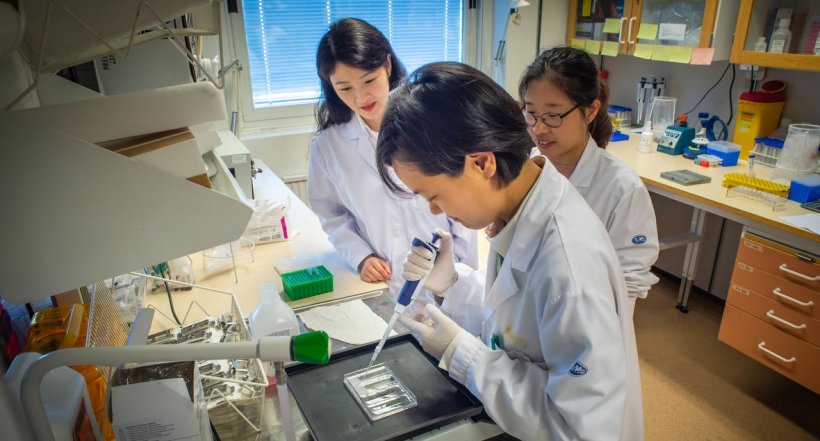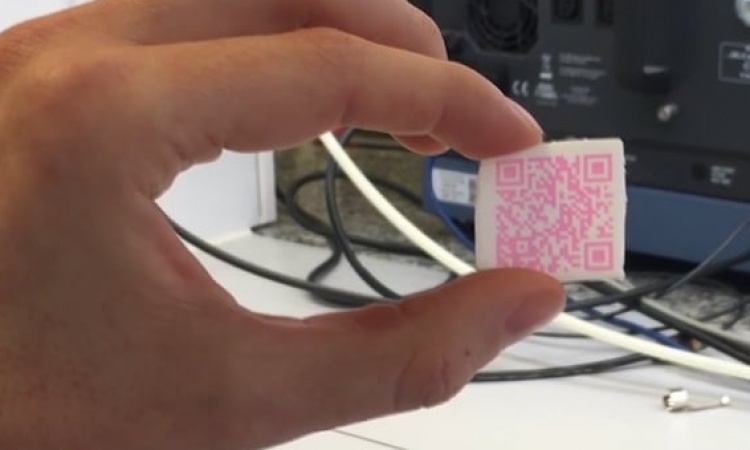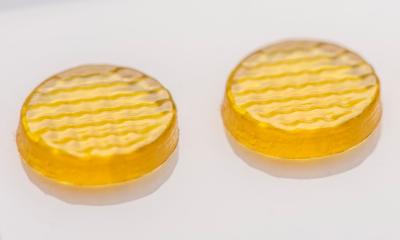
Source: Magnus Johansson
News • Personalised medicine
Why digital twins could be the ideal therapy testbed
Advanced computer models of diseases can be used to improve diagnosis and treatment. The goal is to develop the models to “digital twins” of individual patients. Those twins may help to computationally identify and try the best medication, before actually treating a patient.
The models are the result of an international study, published in the open access journal Genome Medicine. One of the greatest problems in medical care is that medication is ineffective in 40-70% of patients with common diseases. One important reason is that diseases are seldom caused by a single, easily treatable “fault”. Instead, most diseases depend on altered interactions between thousands of genes in many different cell types. Another reason is that those interactions may differ between patients with the same diagnosis. There is a wide gap between this complexity and modern health care. An international research team aimed to bridge this gap by constructing computational disease models of the altered gene interactions across many cell types.

“Our aim is to develop those models into ‘digital twins’ of individual patients’ diseases in order to tailor medication to each patient. Ideally, each twin will be computationally matched with and treated with thousands of drugs, before actually selecting the best drug to treat the patient”, says Dr Mikael Benson, professor at Linköping University, Sweden, who led the study.
The researchers started by developing methods to construct digital twins, using a mouse model of human rheumatoid arthritis. They used a technique, single-cell RNA sequencing, to determine all gene activity in each of thousands of individual cells from the sick mouse joints. In order to construct computer models of all the data, the researchers used network analyses. “Networks can be used to describe and analyse most complex systems”, says Dr Benson. “A simple example is a soccer team, in which the players are connected into a network based on their passes. The player that exchanges passes with most other players may be most important”. Similar principles were applied to construct the mouse “twins”, as well as to identify the most important cell type. That cell type was computationally matched with thousands of drugs. Finally, the researchers showed that the “best” drug could be used to treat and cure the sick mice.
It may be possible to use [T cells] for the early diagnosis of many different diseases
Mikael Benson
The study also demonstrated that it may be possible to use the computer models to diagnose disease in humans. The researchers focused on the same cell type that was used for drug identification. This cell type, T cells, plays an important role in the immune defence, and serves as a fingerprint of the whole digital twin. The researchers analysed T cells from patients with thirteen diseases, including autoimmune diseases, cardiovascular diseases and various types of cancer. The diagnostic fingerprints could be used not only to distinguish patients from healthy people, but also to distinguish most of the diseases from each other. “Since T cells function as a sort of spy satellite, which is continuously surveying the body to discover and combat disease as early as possible, it may be possible to use this cell type for the early diagnosis of many different diseases”, says Mikael Benson.
Source: Linköping University
31.07.2019











